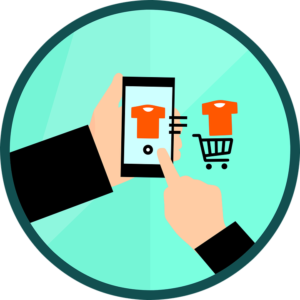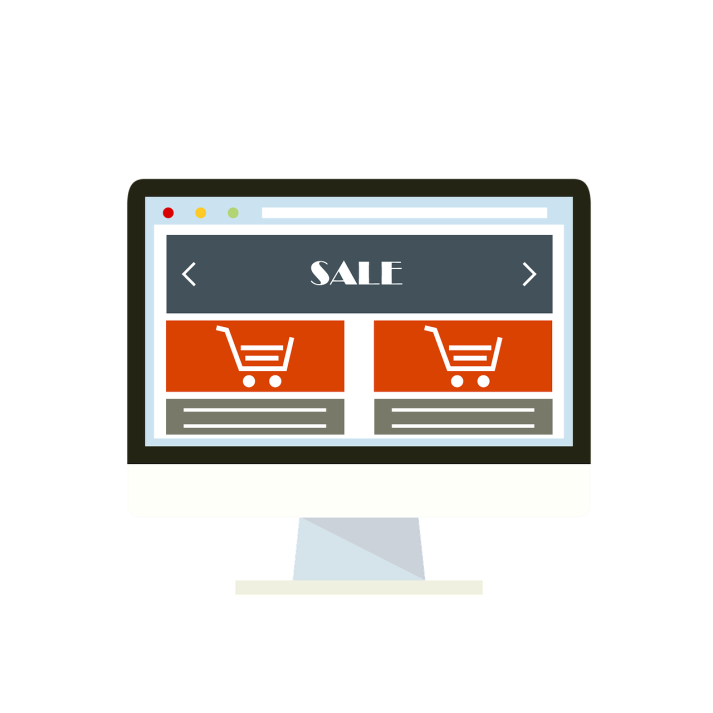E-Commerce: 3 trends to keep an eye on for the rest of 2019

E-Commerce is about to hit the 15 % mark of all retails in the US. E-Commerce in North America grew 16 % in 2018, passing $500 billion in sales.
The way we discover, investigate, pick, and purchase goods is a 24/7 process in both retail and business-to-business e-Commerce. The customer process is not exclusively physical but also increasingly digital.
Having a successful e-Commerce strategy is an ever more vital element for businesses today. What have been and will be the upcoming e-Commerce trends any company has to be aware of?
Business-To-Business e-Commerce growth
E-Commerce analysis usually focuses on retail and ignores the fact that b2b e-Commerce is mammoth. They are generally conducted at a generally high level of transactions between companies on all fronts, raw materials, mechanical parts, and more.
B2B e-Commerce is particularly customized. They have profoundly varied payment methods and prices, which have forced a significant part of b2b commerce to operate outside of standardized payment paths.
However, many companies were aware of this issue and saw an opportunity. They saw that even though they were not suppliers in the strictest sense, they were performing sorts-of-b2b operations and saw a chance to dive deeper into that type of commerce relation. Thus, they dedicated to solving many of the complexities and particularities of b2b commerce, promoting pricing transparency, and improving customer experience by optimizing response times.

Optimizing Customer Experience
Commerce is as personalized as it ever was before. Tailor-made customer experience is essential for offering a top-notch e-Commerce platform. Consumers are deeply socially-conscious: they want to know if the product may be organic, recyclable, for example. But they also wish profound product experiences, not generic presentations.
A generic, impersonal presentation means the business is not acknowledging their customers’ uniqueness and concerns, which will make them run away to the competition.
Nike offers 360-degree views of their products, A.Lynn offers customized-fit for their products according to body types that go beyond S, M, L, XL, and such standardized sizes.
This is not beneficial only for the customer. A better view and personalization of the product brought, as a result, a less than 1 % return rate for A.Lynn.
Influencer marketing usually serves this end, too, especially with teens and young customers because they can say, “Hey, I wear the same brand and have the same product than X influencer,” and they trust their recommendations.
The way product information is exposed (description, features, specs, images) is as vital as the product itself; without the proper information, e-costumers will not risk buying a product they don’t actually know.
Sell exclusivity
When a product says “limited edition,” something pops in a customers’ mind. Promoting exclusive features in a product gives the client a sense of urgency and makes him or her pay more attention to the product.
A perfect example of this is Supreme. You can see long lines outside of Supreme stores whenever a new “exclusive” apparel line appears, almost every time at astonishingly high prices.
This is what marketers call brand power: the way a brand’s level of exclusivity can stimulate consumer’s purchasing decisions.
How can small brands increase the way consumers perceive their exclusivity? A combination of influencer promotion, smart marketing, and client attention improving personalization, and social awareness that shows the ethical features of your products may help a ton.
E-Commerce significance grows non-stop and is a space that can help small brands to compete with legacy brands and thrive. But e-Commerce isn’t just offering your products in Amazon, or even on your webpage. E-Commerce is mainly a strategy, a way to increase sales, significance, and customer loyalty for your brand.